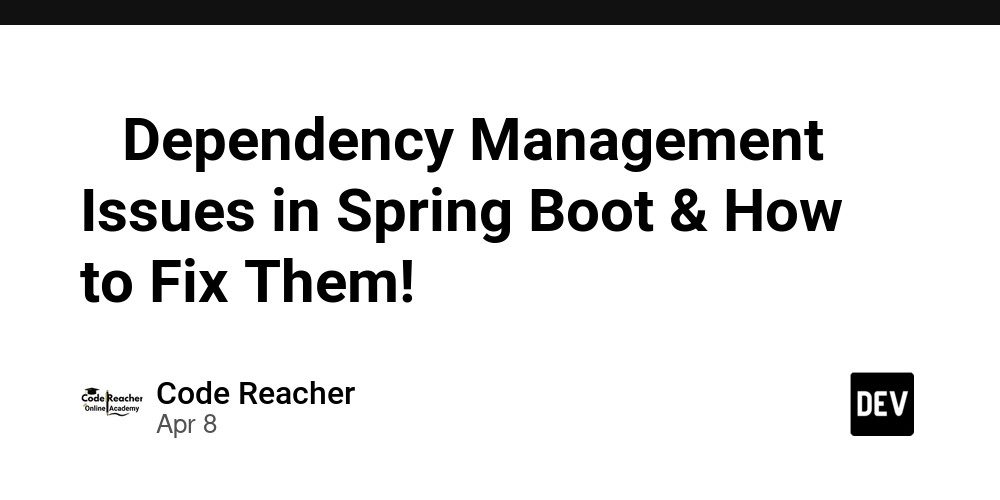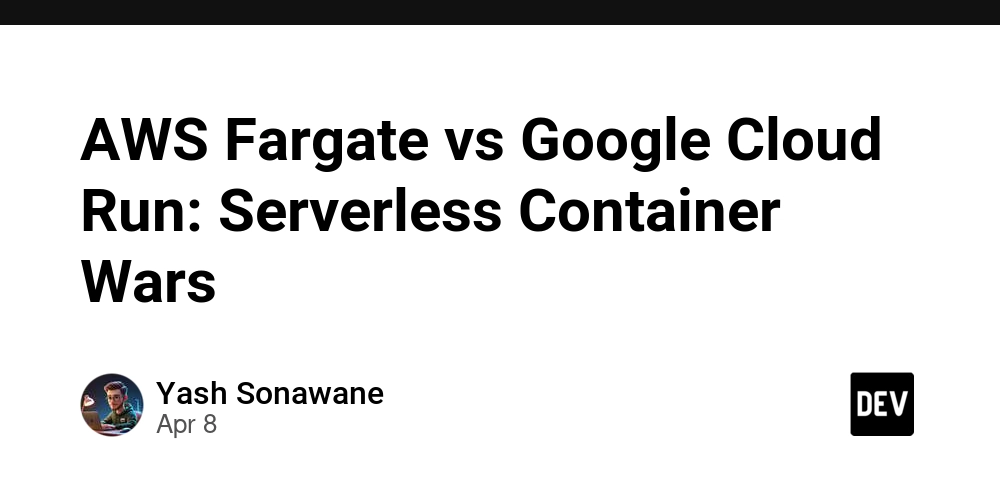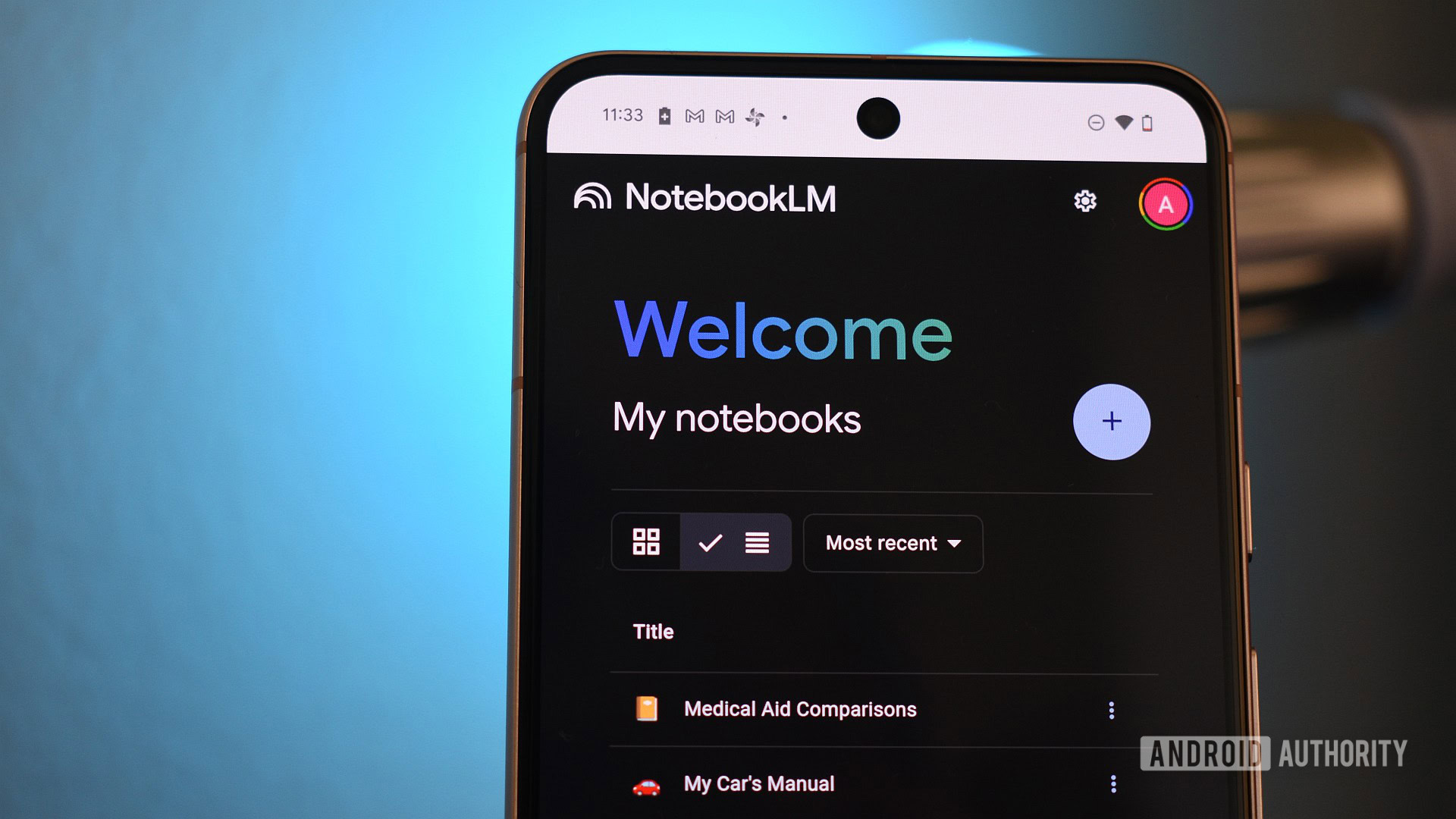7 Best Features to Look for in a Video Hosting Platform
Introduction In today’s digital era, video content is king. Whether you’re an entrepreneur, a digital marketer, an educator, or a content creator, finding the right video hosting platform can make or break your video strategy. With so many options out there, it’s essential to know what features truly matter. A video hosting platform goes beyond just storing your video files. It ensures smooth delivery, provides customization options, protects your content, and enhances viewer experience. In this article, we’ll explore the 7 best features to look for in a video hosting platform, so you can make a smart decision for your business or brand. 1. Secure Video Storage and Delivery Security should be a top priority when choosing a video hosting platform. With increasing piracy, unauthorized downloads, and content theft, platforms must offer robust protective features. Look for these security essentials: DRM (Digital Rights Management) protection Password-protected videos Geo-restrictions to control access by region Tokenized URLs to prevent sharing Watermarking for brand security A secure platform not only safeguards your content but also builds trust with your audience. 2. Customizable Video Player A generic player may not match your brand identity. A good video hosting platform should allow you to customize the video player to reflect your brand’s look and feel. Features to look for: Change player colors, logos, and controls Add call-to-actions and clickable overlays Multilingual subtitles and closed captions Responsive design for all devices Brand consistency goes a long way in creating a professional impression and boosting viewer engagement. 3. High-Quality Streaming with Adaptive Bitrate No one likes buffering or pixelated videos. Your platform should support adaptive bitrate streaming, which automatically adjusts video quality based on the viewer’s internet speed. Benefits: Smooth playback experience on any network Supports 4K, HD, and SD resolutions Reduces bounce rates and improves retention Optimizes bandwidth usage This feature is especially important for creators and educators who need their audience to watch content without interruption. 4. Analytics and Insights A powerful video hosting platform provides detailed analytics that help you measure performance and improve your content strategy. Look for: View count and watch time Viewer demographics and devices used Engagement metrics (likes, comments, drop-off points) Heatmaps for understanding attention span These insights are essential for making data-driven decisions and fine-tuning your content. 5. Monetization Options Whether you’re an influencer, online tutor, or business, being able to monetize your videos can be a game-changer. Top monetization models: SVOD (Subscription Video on Demand) TVOD (Transactional Video on Demand) AVOD (Ad-based Video on Demand) Pay-per-view or rental options Your video hosting platform should support one or more of these models and offer seamless payment gateway integration. 6. Content Management System (CMS) Managing large volumes of video content requires an intuitive and scalable CMS. Key features: Easy video uploads (bulk upload support) Categorization, tagging, and search functionality Playlists and collections Scheduled publishing Version control and video replacement A solid CMS makes it easy to organize, update, and distribute videos effectively without needing technical skills. 7. Integration and API Support Your platform shouldn’t exist in isolation. It must work well with your existing tools and software stack. Integration essentials: Website and app embedding CRM, LMS, and marketing tools integration RESTful API support for custom workflows Plugin or SDK support for mobile apps This flexibility allows businesses to automate workflows, track leads, and build custom video experiences without starting from scratch. Popular Video Hosting Platforms in the Market Here’s a quick comparison of some of the top players in the video hosting space: Platform Best For Key Features Muvi End-to-end OTT solutions DRM, monetization, branded apps Vimeo Creatives & businesses Custom player, privacy, analytics YouTube Free and public content Massive reach, ads, live streaming Wistia Marketing & lead generation Analytics, integrations, branded experience Brightcove Enterprises Global CDN, monetization, enterprise integrations Each video hosting platform comes with its pros and cons. The right one depends on your specific goals, budget, and technical needs. How to Choose the Right Video Hosting Platform? To make the best choice, consider the following factors: Your use case: Internal training, marketing, education, or OTT? Target audience: Internal team, global viewers, paying subscribers? Budget: Free, freemium, or enterprise-level pricing? Support & scalability:

Introduction
In today’s digital era, video content is king. Whether you’re an entrepreneur, a digital marketer, an educator, or a content creator, finding the right video hosting platform can make or break your video strategy. With so many options out there, it’s essential to know what features truly matter.
A video hosting platform goes beyond just storing your video files. It ensures smooth delivery, provides customization options, protects your content, and enhances viewer experience. In this article, we’ll explore the 7 best features to look for in a video hosting platform, so you can make a smart decision for your business or brand.
1. Secure Video Storage and Delivery
Security should be a top priority when choosing a video hosting platform. With increasing piracy, unauthorized downloads, and content theft, platforms must offer robust protective features. Look for these security essentials:
DRM (Digital Rights Management) protection
Password-protected videos
Geo-restrictions to control access by region
Tokenized URLs to prevent sharing
Watermarking for brand security
A secure platform not only safeguards your content but also builds trust with your audience.
2. Customizable Video Player
A generic player may not match your brand identity. A good video hosting platform should allow you to customize the video player to reflect your brand’s look and feel.
Features to look for:
Change player colors, logos, and controls
Add call-to-actions and clickable overlays
Multilingual subtitles and closed captions
Responsive design for all devices
Brand consistency goes a long way in creating a professional impression and boosting viewer engagement.
3. High-Quality Streaming with Adaptive Bitrate
No one likes buffering or pixelated videos. Your platform should support adaptive bitrate streaming, which automatically adjusts video quality based on the viewer’s internet speed.
Benefits:
Smooth playback experience on any network
Supports 4K, HD, and SD resolutions
Reduces bounce rates and improves retention
Optimizes bandwidth usage
This feature is especially important for creators and educators who need their audience to watch content without interruption.
4. Analytics and Insights
A powerful video hosting platform provides detailed analytics that help you measure performance and improve your content strategy.
Look for:
View count and watch time
Viewer demographics and devices used
Engagement metrics (likes, comments, drop-off points)
Heatmaps for understanding attention span
These insights are essential for making data-driven decisions and fine-tuning your content.
5. Monetization Options
Whether you’re an influencer, online tutor, or business, being able to monetize your videos can be a game-changer.
Top monetization models:
SVOD (Subscription Video on Demand)
TVOD (Transactional Video on Demand)
AVOD (Ad-based Video on Demand)
Pay-per-view or rental options
Your video hosting platform should support one or more of these models and offer seamless payment gateway integration.
6. Content Management System (CMS)
Managing large volumes of video content requires an intuitive and scalable CMS.
Key features:
Easy video uploads (bulk upload support)
Categorization, tagging, and search functionality
Playlists and collections
Scheduled publishing
Version control and video replacement
A solid CMS makes it easy to organize, update, and distribute videos effectively without needing technical skills.
7. Integration and API Support
Your platform shouldn’t exist in isolation. It must work well with your existing tools and software stack.
Integration essentials:
Website and app embedding
CRM, LMS, and marketing tools integration
RESTful API support for custom workflows
Plugin or SDK support for mobile apps
This flexibility allows businesses to automate workflows, track leads, and build custom video experiences without starting from scratch.
Popular Video Hosting Platforms in the Market
Here’s a quick comparison of some of the top players in the video hosting space:
Platform Best For Key Features
Muvi End-to-end OTT solutions DRM, monetization, branded apps
Vimeo Creatives & businesses Custom player, privacy, analytics
YouTube Free and public content Massive reach, ads, live streaming
Wistia Marketing & lead generation Analytics, integrations, branded experience
Brightcove Enterprises Global CDN, monetization, enterprise integrations
Each video hosting platform comes with its pros and cons. The right one depends on your specific goals, budget, and technical needs.
How to Choose the Right Video Hosting Platform?
To make the best choice, consider the following factors:
Your use case: Internal training, marketing, education, or OTT?
Target audience: Internal team, global viewers, paying subscribers?
Budget: Free, freemium, or enterprise-level pricing?
Support & scalability: Does the platform grow with your business?
Doing a free trial or demo can help you evaluate user experience and customer support before committing.
Benefits of Using a Dedicated Video Hosting Platform
Many people upload their videos to social platforms like YouTube or Facebook, but a dedicated video hosting platform offers significant advantages:
Full control over branding and monetization
No third-party ads or distractions
Better security and privacy features
Advanced analytics and tracking
Enhanced SEO and embedding options
Whether you're scaling a business or building a video course, the benefits far outweigh the costs.
FAQs on Video Hosting Platforms
**1. What is a video hosting platform?
**A video hosting platform is an online service where users can upload, store, manage, and deliver video content to their audience through websites, apps, or other digital channels.
**2. Why do I need a video hosting platform instead of YouTube?
**YouTube is great for reach, but it lacks in areas like content protection, monetization flexibility, and branding control. A video hosting platform offers greater customization and data ownership.
**3. Can I monetize my videos on a hosting platform?
**Yes, many platforms allow you to monetize via subscriptions, ads, rentals, and pay-per-view models.
**4. How much does a video hosting platform cost?
**Costs vary depending on features and usage. Basic plans may start at $10–$30/month, while enterprise plans with advanced security and analytics can go up to hundreds per month.
**5. What is DRM in video hosting platforms?
**DRM (Digital Rights Management) prevents unauthorized copying, downloading, or screen recording of your videos—offering high-end content protection.
**6. Can I embed videos from a hosting platform onto my website?
**Absolutely. Most platforms offer embed codes, widgets, or even plugins for seamless website integration.
**7. Do video hosting platforms offer mobile support?
**Yes, most modern platforms support mobile browsers and offer SDKs or APIs for integrating video playback in mobile apps.
Conclusion
Choosing the right video hosting platform is essential for anyone serious about video content—be it for marketing, education, or entertainment. From strong security and adaptive streaming to monetization and customization, the right platform can elevate your content strategy and viewer experience.
Before making your decision, define your goals, test different platforms, and ensure they align with your long-term vision. With the right tools, your videos won’t just be seen—they’ll leave a lasting impact.








































































































































































![[The AI Show Episode 142]: ChatGPT’s New Image Generator, Studio Ghibli Craze and Backlash, Gemini 2.5, OpenAI Academy, 4o Updates, Vibe Marketing & xAI Acquires X](https://www.marketingaiinstitute.com/hubfs/ep%20142%20cover.png)
































































































































![From drop-out to software architect with Jason Lengstorf [Podcast #167]](https://cdn.hashnode.com/res/hashnode/image/upload/v1743796461357/f3d19cd7-e6f5-4d7c-8bfc-eb974bc8da68.png?#)







































































































.png?#)






(1).jpg?width=1920&height=1920&fit=bounds&quality=80&format=jpg&auto=webp#)






























_NicoElNino_Alamy.png?#)
.webp?#)
.webp?#)




































































































![Apple to Source More iPhones From India to Offset China Tariff Costs [Report]](https://www.iclarified.com/images/news/96954/96954/96954-640.jpg)
![Blackmagic Design Unveils DaVinci Resolve 20 With Over 100 New Features and AI Tools [Video]](https://www.iclarified.com/images/news/96951/96951/96951-640.jpg)
































































































































